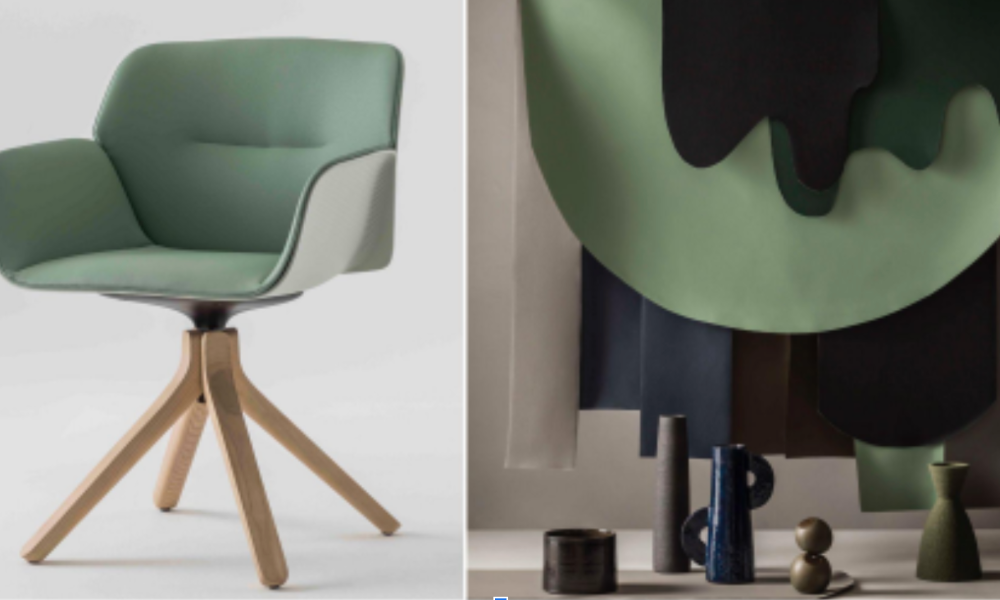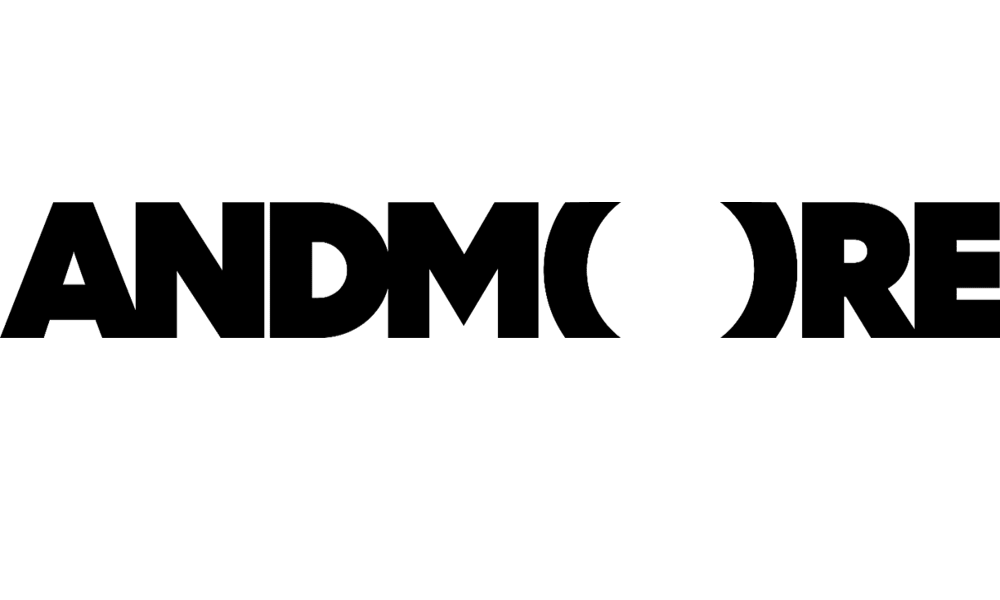Ultrafabrics has released its third annual sustainability report, which includes a completed and documented analysis that shows the company is five years ahead of already bold targets set in 2020.
Japanese-crafted and New York-based, Ultrafabrics has long been a partner to future-forward architecture and design brands across the globe, including MillerKnoll, Steelcase, Kimball, Andreu World and Woodard.
The company offers the architecture and design community its 2023 sustainability report as a comprehensive tool that helps specifiers to know exactly where Ultrafabrics products fall in the often-confusing sustainability landscape.
“Ultrafabrics is unrivaled in the performance fabric market,” says Nicole Meier, director of branding. “We also understand that leading the race is not good enough, we are setting goals that have never been achieved before by an ingredient brand in our category. With this independent report and deep dive into the metrics of our sustainability goals, we want to say to our partners, you can achieve sustainability without sacrificing quality and performance and we can scale to meet the needs of a global audience. We’ve turned the lights on to expose our end-to-end production process. Let us walk you through it and help you achieve your goals.”
To set goals and hold itself accountable, Ultrafabrics has set up a clear, three-tiered sustainability framework not only to track progress but to clearly show architects, designers, and specifiers where they are in the process. The sustainability landscape is ripe with greenwashing and sleight of hand declarations. This framework creates a simple and holistic way to communicate vital information and ensure accountability.
- Product Quality and Health
Maintaining the brand’s high quality and performance is paramount in Ultrafabrics’ sustainability journey, as it carefully guards its reputation for impeccable fabrication, haptics, and durability. Safe chemistry in the Ultrafabrics production process is critical for a circular and healthy future not only for the brand, but for the entire textile industry.
● In 2022 Ultrafabrics completed the work to become 100% PFOA – free (PFOAs and PFASs are commonly referred to as ‘forever chemicals’) within its entire branded product portfolio.
● As of the end of 2022, 90% of Ultrafabrics products are PFAS-free. In 2023, they will be continuing trials with replacement ingredients, in an effort to identify non-PFAS solutions, and have set a target to be completely PFAS-free by 2025.
● It currently recovers and recycles over 98% of solvents used in manufacturing, minimizing their environmental impact from chemistry and reducing waste.
● Quality Design for Longevity: Ultrafabrics works to provide long-lasting products that surpass the expectations of its customers. The more durable the products, the less frequently they will need to be replaced or repaired, and the raw materials, energy, and environmental impacts embedded in them can be spread out over more time. The product hydrolysis testing process has gone from 14 to 16 weeks. They also have extended the warranty from 2 years to 5 years after the product ships.
● The team conducts a yearly comprehensive review of restricted substances. The following are excluded from the Ultrafabrics branded product portfolio:
• Bisphenol A (BPA)
• Conflict Minerals
• Flame Retardants
• Heavy Metal Stabilizers
• PFOA (Perfluorooctanoic Acid)
• Plasticizer Phthalates
• POPs (Persistent Organic Pollutants)
• PVC (Polyvinyl Chloride)
2. Material Innovation
Material innovation calls for the development of next-generation fabrics that limit the use of non-renewable ingredients while improving the sustainability of existing fibers and advancing the newest plant-based and recycled resources.
● By 2025, all Ultrafabrics products sold to furniture, healthcare, recreational vehicle, marine, aviation, and accessories markets will have at least 50% rapidly renewable and/or recycled materials. This is being achieved five years ahead of the company’s original goal.
● By 2030, the Uf Select portfolio and applicable transportation-grade materials will also have at least 50% rapidly renewable and/or recycled materials.
● Ultrafabrics commits to maintaining 3% or less waste intensity — meaning that 3% or less of the yardage we produce each year goes to landfill or is recycled.
Sustainable and Recycled Yarns – Around 70% of the Ultrafabrics portfolio will include recycled and responsibly-sourced resources. This includes recycled polyester that is derived from pre- and post- consumer plastic waste and rayon fibers that are transparently sourced from various, sustainably managed FSC and PEFC-certified forests. Ultrafabrics will be utilizing established, reputable brands within their material innovations. One yard of fabric will contain 8 plastic recycled bottles. (7.5 bottles per meter)
Bio-based Resources – In 2019, Ultrafabrics introduced their first biobased collection, Volar Bio, which touts a 29%. USDA BioPreferred Program label. The collection reduces dependence on finite resources by including wood-pulp and corn-derived resins, and does this without detracting from food supply or agricultural land use.
Energy Conservation, Climate Impact and Water Conservation – Reducing greenhouse gas emissions are paramount to slowing the negative impacts of climate change. Ultrafabrics is committed to reducing its footprint throughout its global operations and aligning with the Paris Agreement with a goal of limiting global warming to 1.5°C. The brand is committed to reducing Scope 1 and 2 emissions 42% by 2030.
Water is also an important resource throughout the textile production process. As a finite resource, water consumption is an important environmental consideration, and wastewater pollution is a key environmental and public health concern when it comes to textile
In 2022, Ultrafabrics reached its 20% water intensity reduction target from a goal set in 2020.
3. Transparency and Accountability
The integrity of supply chains continues to be a growing demand in the textile industry. Ultrafabrics have committed to thorough transparency and traceability throughout its entire supply chain. In 2022, the brand completed its first full cycle of assessments, reviewing over 99% of its suppliers.
Nicole Meier rounds out the intention of Ultrafabrics and its commitment to going above and beyond with this report: “By opening our doors to this independent assessment and creating these goals, it’s another tool to empower designers to create with confidence, and that is what this is about. We can make this product, but it’s the designers that are the true pioneers who are building the future. We want them to know, we’ve left no stone unturned in this process to be transparent. In a landscape of increasingly complex certifications, you can rely on Ultrafabrics to achieve sustainability without sacrificing quality or performance.”








